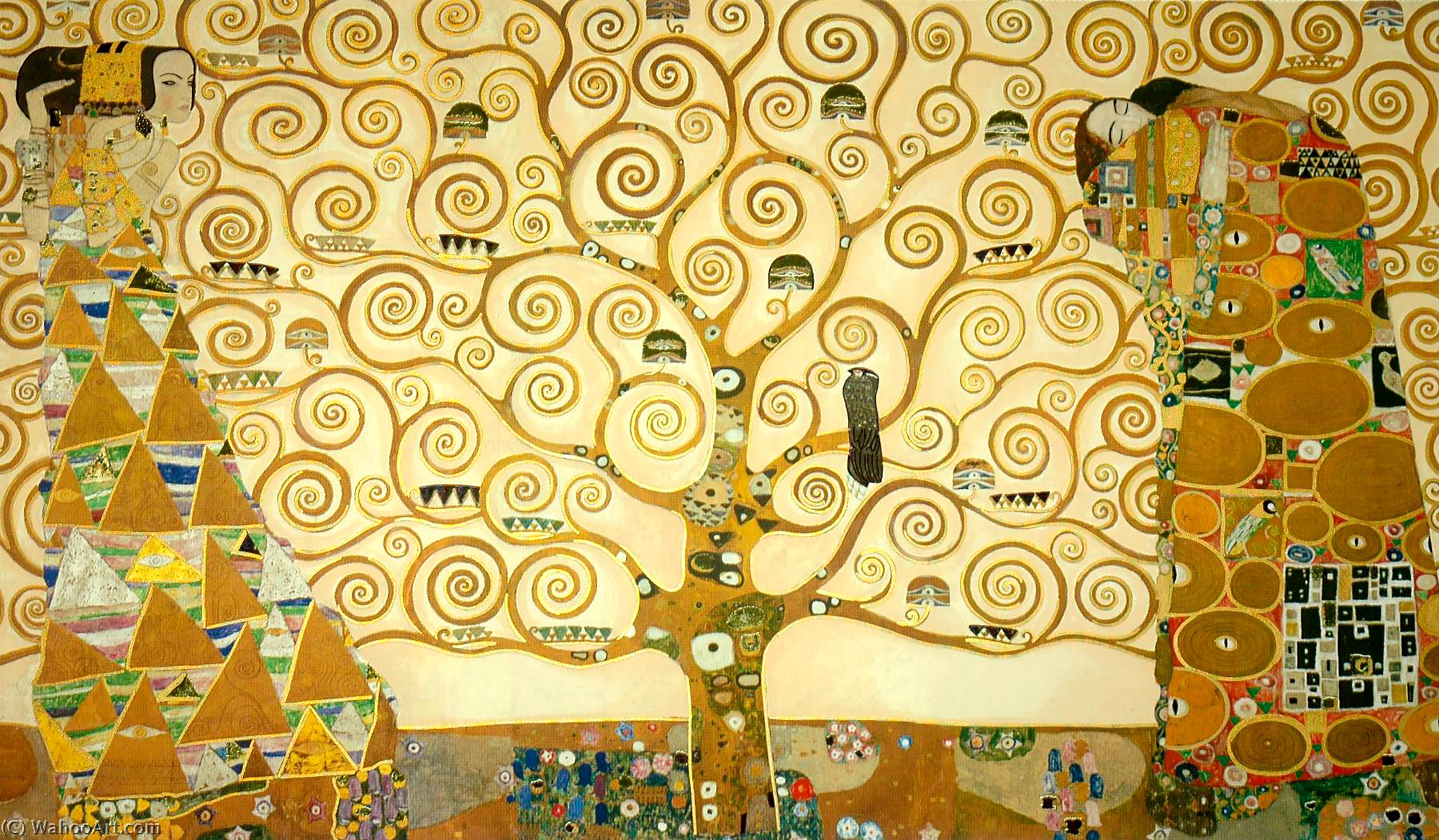
Art Appreciation
Gustav Klimt's style and legacy

Gustav Klimt is an artist of surprises.
Art historians note an eclectic range of influences contributing to Klimts distinct style, including Egyptian, Minoan, Classical Greek, and Byzantine inspirations. Klimt was also inspired by the engravings of Albrecht Durer, late medieval European painting, and Japanese Rimpa school.
A magnitude of Klimt's work can be found in Vienna, where he spent most of his life. The Belvedere Museum, in the Imperial palace of Prince Savoy, on a hill overlooking Old Vienna, holds the largest collection of Klimt works in the world.
Gustav Klimt never married; never painted a single self-portrait; and never claimed to be revolutionizing art in any way. He seldom left his native Austria, and on the one occasion he visited Paris, he left thoroughly unimpressed. With the groundbreaking Secession, Klimt's primary aim was to call attention to underappreciated Viennese artists and in turn to call their attention to the much broader world of modern art beyond Austria's borders. In this sense Klimt is responsible for helping to transform Vienna into a leading center for culture and the arts at the turn of the century. But his influence on other artists and subsequent movements was quite limited. Much in the way Klimt revered Hans Makartbut eventually deviated from that style, younger Viennese artists like Egon Schieleand Oskar Kokoschkarevered Klimt early on, only to mature into more quasi-abstract and Expressionistic forms of painting.
While some critics and historians contend that Klimt's work should not be included in the canon of modern art, his oeuvre -particularly his paintings postdating 1900 -remains striking for its visual combinations of the old and the modern, the real and theabstract. Klimt produced his greatest work during a time of change and radical ideas, and these traits are clearly evident in his paintings.
About Me

i made this blog to express my interest in medieval and contemporary art